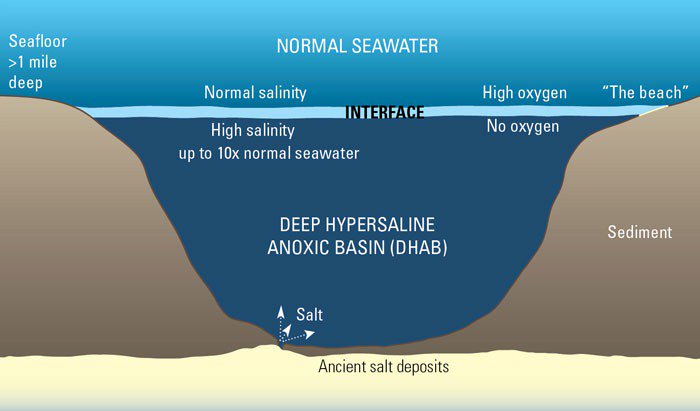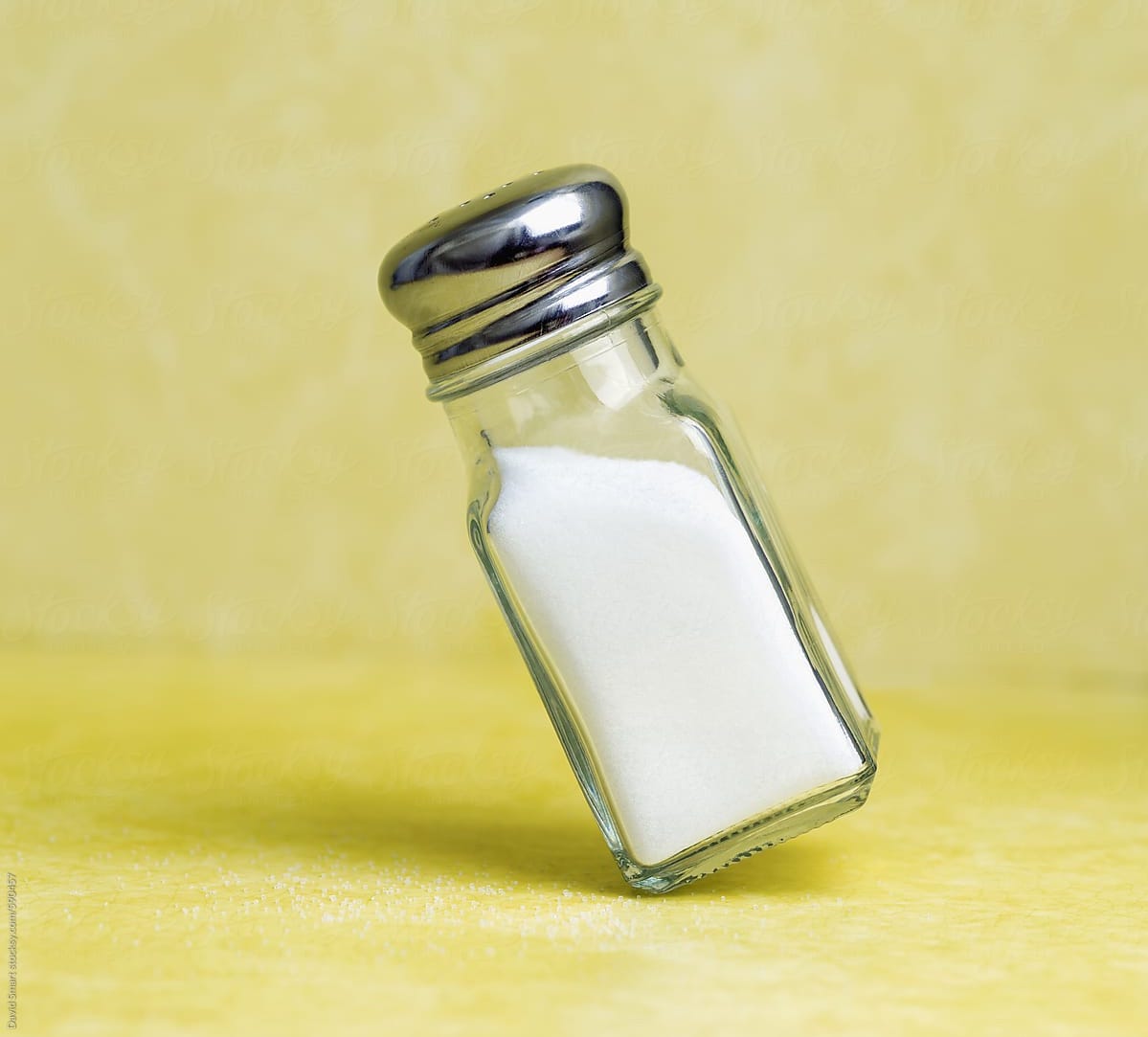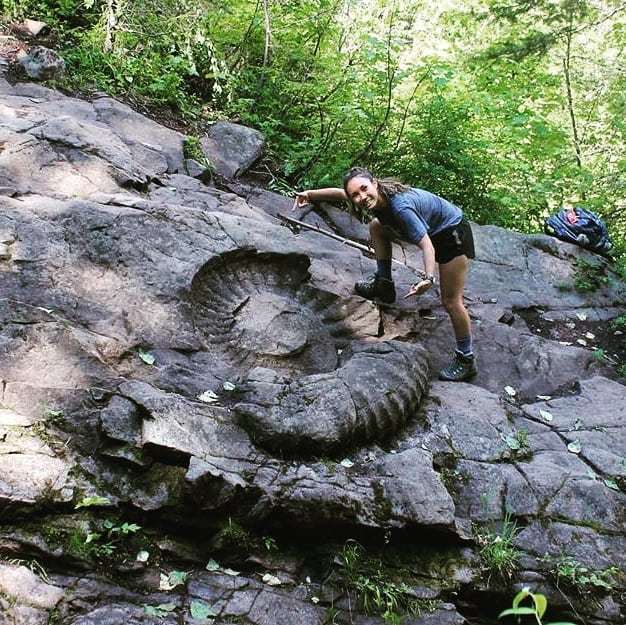All table salt is rock salt, or in geology-talk, halite. All halite is formed as an evaporite, precipitated out of evaporating saline solution such as an ocean or a lake.
Y'know, like Utah's Great Salt Lake.
A: Not necessarily. The Great Salt Lake is a remnant of Lake Bonneville, which was a lake off & on (but never a sea) for the last 80,000 years, concentrating minerals from glacial-melt runoff.
The Dead Sea was a bay of the Mediterranean Sea when it formed 3 million years ago until it was uplifted 2 million years ago, then has been a lake ever since.
It's possible to have a brine pond INSIDE an ocean. They're nicknamed “hot tubs of despair” as they kill pretty much everything that swims in. Fun!
Learn more: latimes.com/science/scienc…
📷Jack Cook / @WHOI

Death by "brinicles", ridiculously fast-freezing icicles formed when super-chilled high-salinity brine spills into the ocean. (They'll really only kill wee fishies caught in them, not humans, but still, ICY FINGERS OF DEATH!)
Learn more:
A: Halite is cubic crystal of of sodium chloride (NaCl), but it can have traces of other elements (calcium, magnesium, potassium, copper, iron...) or even clay or ash.
The perfect cubical structure of halite is why you can sprinkle salt on the table then use it to balance the shaker at a wonky angle.
📷Theodore Clutter (crystals), Steven Earle (diagram), David Smart (shaker)



A: Common names are inconsistent.
In technical jargon:
Seas attach to oceans in periods of high sea level. If they're uplifted above sea level, they become lakes
Lakes are inherently transient: they form, mature & die
A: Saline solution of dissolved Na+ & Cl- ions from other rocks. You can't get evaporite minerals without liquid to evaporate!
But after it forms, you can cycle crystallizing salt & dissolving into saline over & over.
A: Anywhere you get NaCl precipitation but lots o' contaminates. Deep sea brines (hot tubs of despair! hydrothermal vents!), altered through metamorphism, even the mantle!
pubs.geoscienceworld.org/gsa/geology/ar…
More salt that’s still halite but you’d never find on a table (due to scarcity & maybe danger):
Delete/repost: CW child death
redstonesciencefiction.com/2010/09/salt-o…
Himalayan: pink from iron oxide, & more
Alaea: red-pink from volcanic clay
Murray River: pink-orange from algae carotene
Maras: pink from potassium, manganese, & more
Kala Namak: (baked) pink from iron oxide
Prague Powders: (salt blend) dyed pink
Celtic: grey from tidal clay
Kala namak: (baked) red-black from charcoal, bark, herbs
Lava, Cyprus: jet black from added activated charcoal
Jugyeom: (baked) blue/purple from bamboo & clay
Persian: blue optical illusion from compression
A: If you have a it's a big ol' evaporite deposit (of halite & more minerals), you can get salt tectonics (halotectonics) that uplift salt domes (diapers).
Very trippy geophysics.
Learn more: agupubs.onlinelibrary.wiley.com/doi/pdf/10.102…
Where you are influences your source of common table salt (vs fancy foodie salt).
Syracuse, NY supplied most of American in 1800s.
Solnitsata, Bulgaria supplied salt for 4700‑4200 BCE Balkans.
Middlewich's vacuum brines produces most modern UK salt.
A:
Kostroma: (baked), black from rye residue, cabbage, herbs
Kala manak: purple-black from greigite (iron sulfide)
Kona deep water sea salt: white from halite, but with a LOT of other minerals
Sal de Gusano: (smoked), brown from worm larvae & chilis
A: Yes, many times, from tiny crystal rims of tide pools to the vast salt flats in Utah.
Given industrial contamination, I probably shouldn’t lick as many wild rocks as I do, but eh. 🎶Still alive!🎶
A: That's complicated as we have very few rocks to whisper stories of that first billion years.
We have 4 billion year old continental rock.
We have hints of a first ocean 3.8-4.4ish billion years ago.
A: Gather 'round for the story of Lake Peigneur. Everyone lives, yet "mine flooded by punctured submarine salt dome" is on my list of Worst Ways To Die.
More: damninteresting.com/lake-peigneur-…









